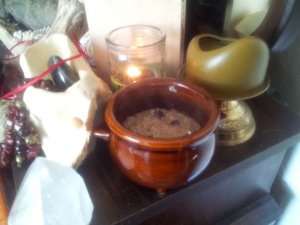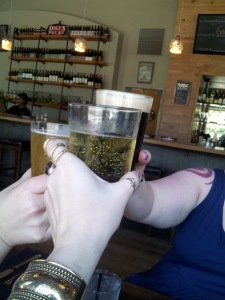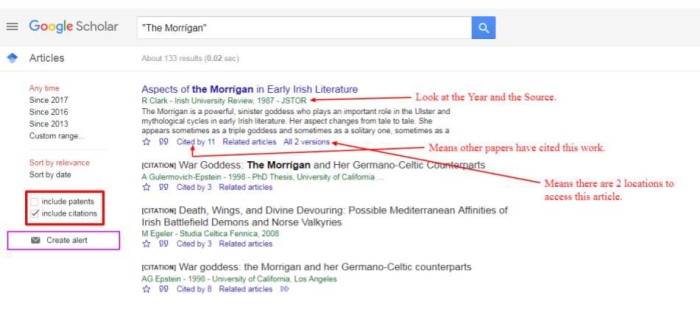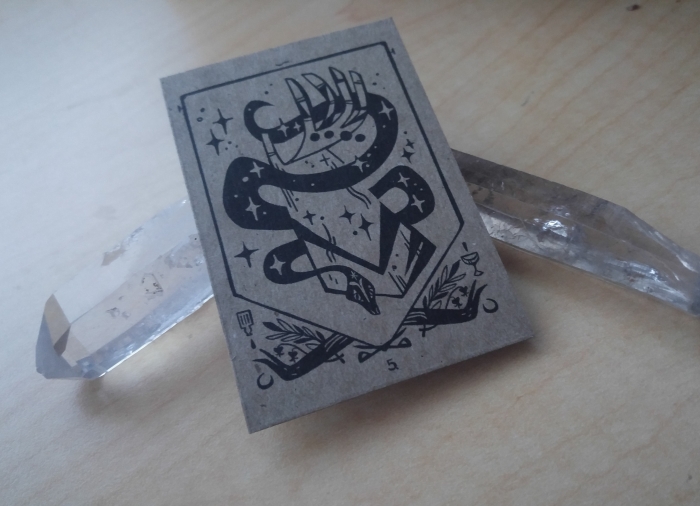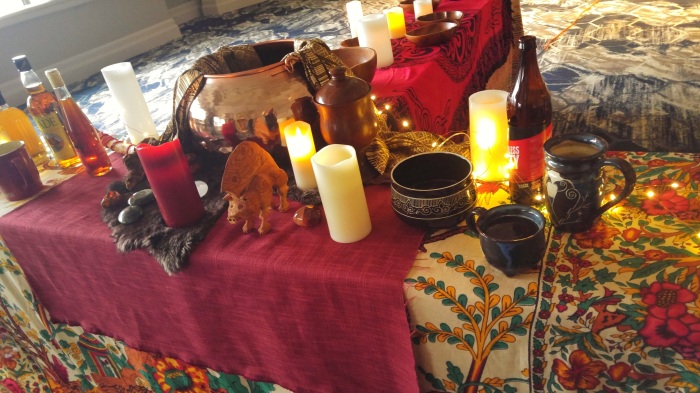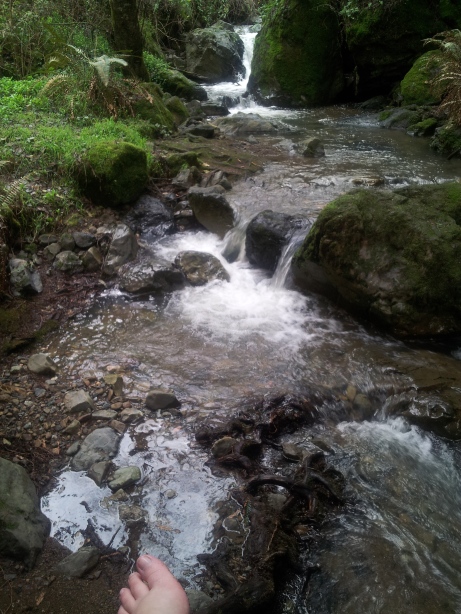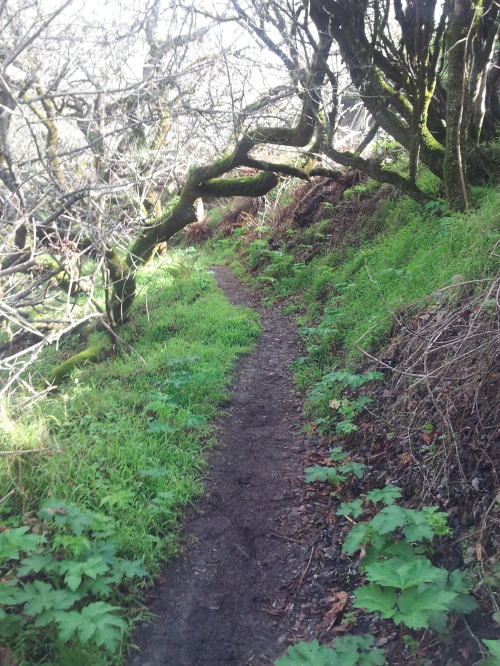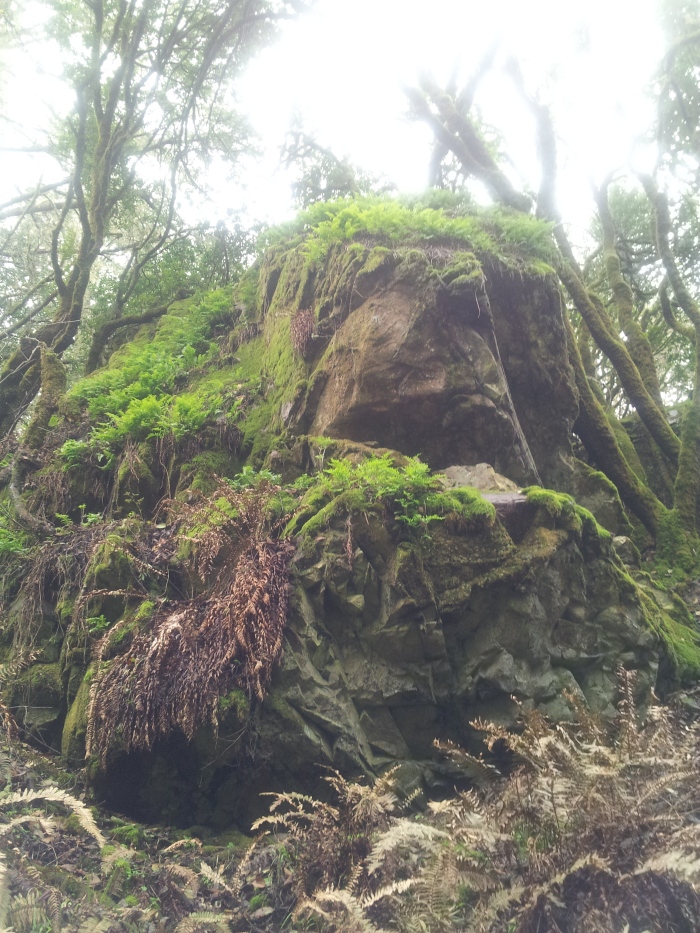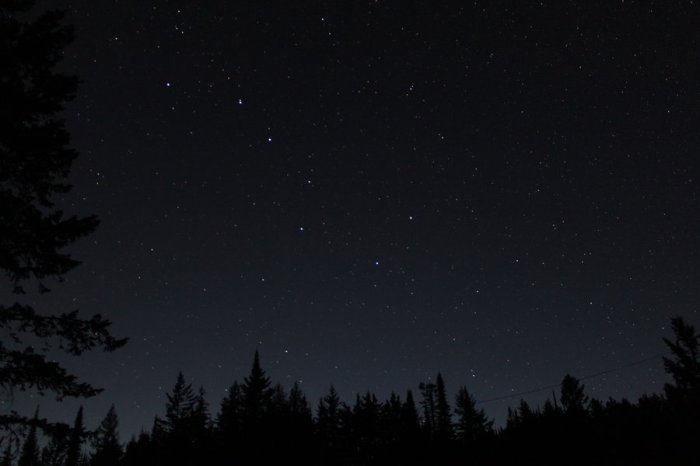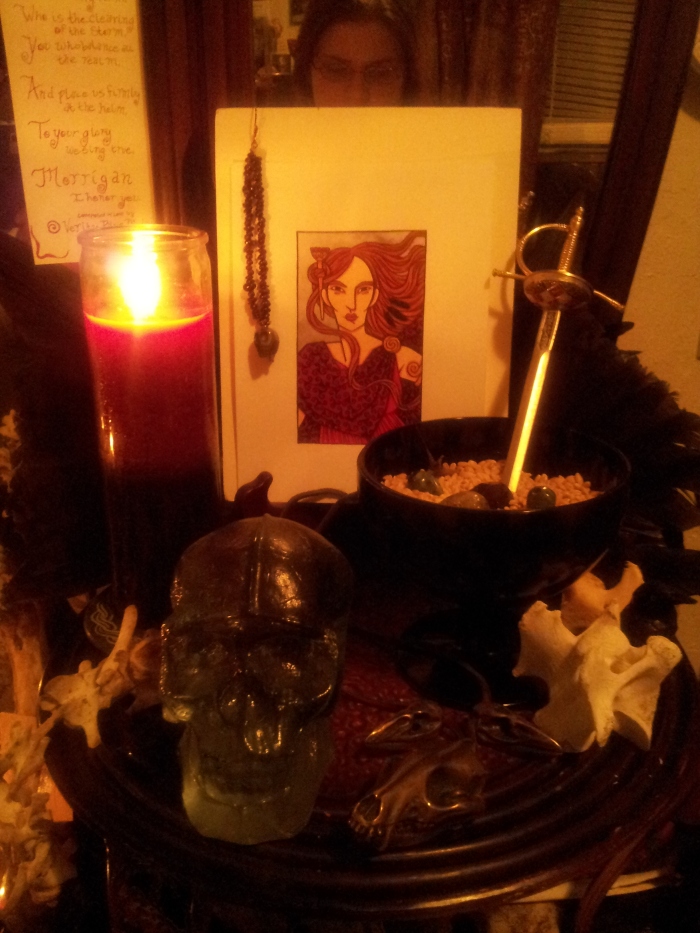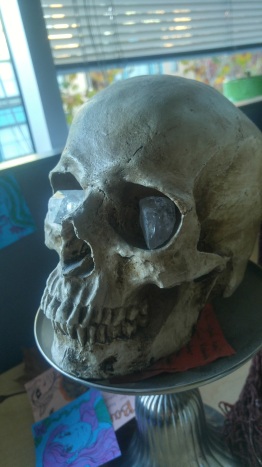 If you haunt archaeology twitter or other outlets of that kind, you probably heard about the new evidence that the Gauls practiced a type of embalming with the severed heads of their enemies. And if you haven’t, well my friend! It looks like we have tangible evidence of the written accounts of the Gauls embalming their severed heads. Aren’t you excited?!
If you haunt archaeology twitter or other outlets of that kind, you probably heard about the new evidence that the Gauls practiced a type of embalming with the severed heads of their enemies. And if you haven’t, well my friend! It looks like we have tangible evidence of the written accounts of the Gauls embalming their severed heads. Aren’t you excited?!
It’s a really interesting article and one that spawned some thoughts in my brain that I thought I would share. The topic of head hunting, and the trophies that they made, is one that I have been fascinated by since I first read about it when I was a child. The way the history books and Roman historians painted the picture of this practice with equal parts disgust and awe was to be frank appealing to me. Many years later there is a lot of be said about the political agenda of the historians, to cast conquered people in a negative, uncivilized light, and how that is still seen everywhere around us and a practice that people in power still use today.
But today I want to focus on a different aspect, on what lessons that I might be able to glean from this practice and bring forth into my own modern life. Naturally, I’m not suggesting decapitating my enemies and embalming their heads (tempting though it may be). In so many things with history, there doesn’t have to be a one to one correlation, there can still be meaningful lessons and practices.
The statement that really jumped out at me when reading the articles, was the value that these embalmed heads are proclaimed to have. Several articles paraphrase Strabos on the matter and I felt like I needed to read what the actual quote from the old Roman historian said.
“The heads of enemies of high repute, however, they used to embalm in cedar-oil and exhibit to strangers, and they would not deign to give them back even for a ransom of an equal weight of gold.” – pg 249 the Geography of Strabo published in Vol. II of the Loeb Classical Library edition, 1923
They will not part with them for their equal weight in gold. Now, this is very likely an exaggeration, again we have to take into account that our writer here has an agenda and wants to paint a very particular picture. That being, “Oh isn’t it a good then that Rome came in and brought civilization to these barbarians who kill in all these OUTRAGEOUS ways? P.s. buy my book for graphic details. ” Just because something is ancient doesn’t mean that it isn’t a form of sensationalism. That being said, in light of the tangible evidence to back up the embalming practice, we can assume that there is thread of truth in this statement. These heads were valued and likely not something easily parted with.
Why? That’s the natural next question. One that there isn’t a way to get an absolute for certain answer. There is no way to interview an Ancient Gaulish warrior and get their intent, purpose, and meaning. We can try and imagine. The article puts forth the hypothesis that this practice was rooted from wanting to preserve the recognition of the person. This seems pretty solid common sense wise. The reason you would use preservation techniques is to keep the appearance of the head, instead of letting it rot to a mere skull who could be passed off as anyone. The value then is being able to point to your enemies head and have them recognized for who they were in life, and have all who look on it know, that you killed them. You overcame them. You were victorious. It’s not just a story or a boast. The evidence is right there.
I can easily see the value in that.
On the mundane level, it is proof of your power/strength/cunning. On the spiritual level, well it can be a talisman of that power/strength/cunning, perhaps even amplifying and adding to it. Afterall it is a belief in many parts of history and cultures that overcoming your enemy can give you their power and strength. We see it in stories and even in the modern acquisitions and buyouts of companies it is a truth that millions and billions of dollars is staked on.
I can also imagine there is a deeper blow than just the killing blow being made here. Let’s suppose that the mere act of keeping this grisly talisman of victory of an enemy is also keeping that enemy from some comfort or honor in death and/or the journey after death. Again, if we go back to Strabo’s quote, and taking it at face value, there were people (presumably the people of the enemy) that wanted those heads back and where willing to pay for them. They were denied. It’s possible they wanted the heads to complete a funeral rite, and the victor wanted to deny their enemy even that. Depending on the beliefs in play about what happens after death and what needs to happen to secure and afterlife or transition, that has a HUGE ramifications for the spirit of the enemy. Not to mention the morale and grief this would have on their enemy’s family and people.
I’m not an expert on Gaulish spiritual belief, but if we assume that they had a type of animism in their practice, then sitting here with the idea of embalming the head of your enemy and the mundane and spiritual power play that evokes added to the notion that the head holds a spirit even after death, I am struck with how this is a very powerful violent act that has ramifications in this world and any spirit or afterlife, and just fucking damn.
What can we pull out of this for our own lessons? Clearly, do not fuck with a Gaul is one. We already pulled off the table the idea of beheading your enemies and making necromantic talismans of them. However, I think some interesting and deep modes of cursing are pretty self evident here for those that care to look.
Pulling it farther into the abstract and towards tools that can be used for self practice, there is a lesson on the value of your victories, reminding yourself of them, and not hiding them from others.
In the United States there is a culture that for whatever reason, tends to speed on by people’s everyday accomplishments, there may be a brief window where it is allowed to celebrate them but then that time is over and you are expected to move on. If you are a fairly self aware human who cares about people and strives to be a good person then there is a good chance you worry about appearing too boastful. You don’t want to toot your own horn. It’s better to be humble. Which can express itself in the development of inner voices that undercut your accomplishments so you don’t get a big head. At some point someone in my inner circle (and my apologies for not knowing who for proper credit!) called these voices brain weasels and pointed out how they lie. What I have witnessed this to mean is that we in general do not spend near enough time acknowledging our accomplishments and getting the emotional, mental and spiritual benefit from those accomplishments. We let it pass by and turn on to the next thing without seeing the full picture of how much we have gained. How much stronger we are.
Right now, I’m struggling under the weight of living up to my expectations of taking care of my household. Money has always been a hard topic for me and it is the current monster I am trying to conquer or redefine my relationship with at least. In short, things a little hard and I’m not in a great mental place about myself. I think it’s time for me to take stock and really look at the things I have already conquered in my life, in the last five years, etc and the enemies to my own well being that I have already beheaded and remember. It seems like there is a benefit in the visual reminder and I will think about ways to incorporate that. Whether that takes to form of magical charm, or a piece of artwork, or something else entirely. It just seems like this a good time to apply this lesson and help bolster my spirit against the challenges I am currently facing.
The other part of this lesson that I think will be useful to me is the visual exercise. I have been suffering from waking up with anxious thoughts. My mind just starts listing out and fretting over all the things I have to do and all the ways things won’t add up. It’s not great for my sleep cycle and stress in general is just not helpful when you need to get shit done. This morning when I woke up yet again with the diatribe of endless todo’s and worries, I thought about this blog post and went through the mental visualization of slaying my current enemies (this morning it was financial insecurity) and beheading it. This probably isn’t an exercise for everyone, and I mean your brain might work differently but for me it was not only satisfying but focusing on making things symbolic and in the form of imagery really helped to stop the anxious thoughts and hopefully help me to manifest my goals for success and victory.
I realize this is likely one of the stranger blog posts that I have published, but these are the thoughts that have been brewing in my head and on the off chance that it helps someone else find some tools and understanding to use in their practice, then it’s worth it. The thing I really love and cherish about my practice is that I can find new inspiration, tools, and perspective every day. There is always something more to learn and analyze. There is always another layer of myself to question.
And now, if you will excuse me, I’m off to go embalm the head of my enemy.
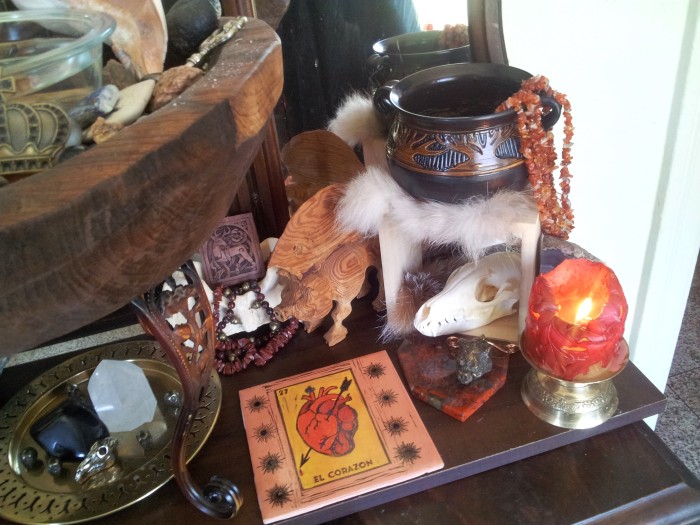
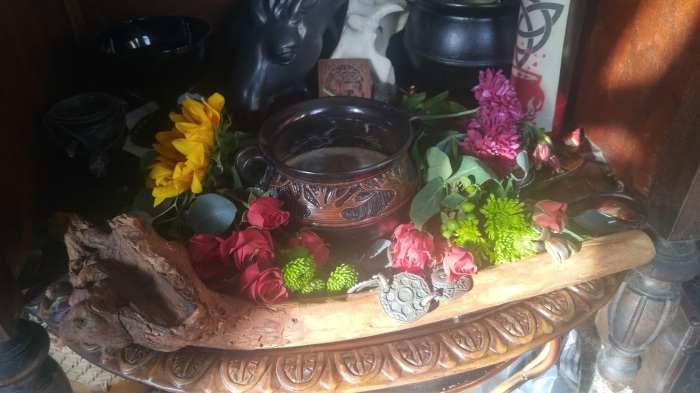
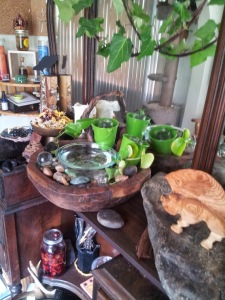 In that vein of making things work for you, you don’t have to have a specific altar for each individual deity. But maybe you want to give it a try and set up a space just for the Dagda when you are starting this new relationship, or deepening it. Even if it is just a specific corner of a larger altar. Go with what works for you.
In that vein of making things work for you, you don’t have to have a specific altar for each individual deity. But maybe you want to give it a try and set up a space just for the Dagda when you are starting this new relationship, or deepening it. Even if it is just a specific corner of a larger altar. Go with what works for you. 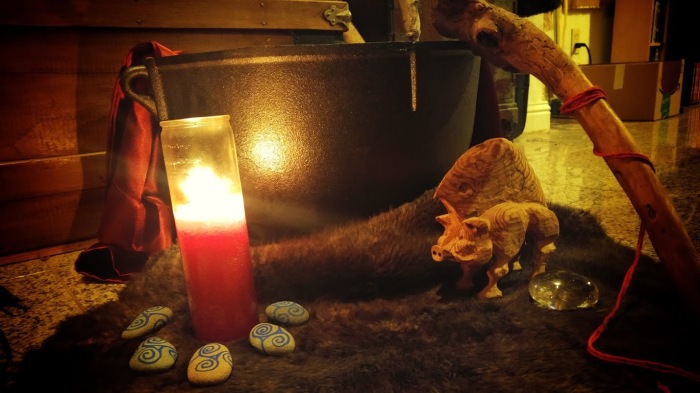 Some other associations that I make that you might look over for your own altars are listed below. I noted if things that are purely UPG (Unverified Personal Gnosis) and you can go ahead and ask me about anything you like:
Some other associations that I make that you might look over for your own altars are listed below. I noted if things that are purely UPG (Unverified Personal Gnosis) and you can go ahead and ask me about anything you like: 